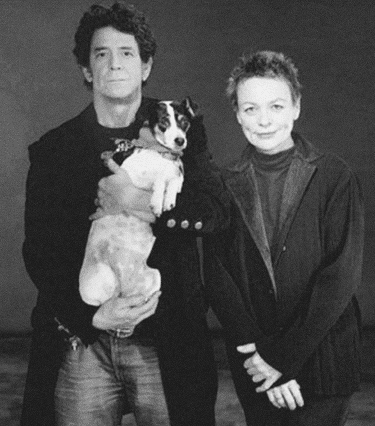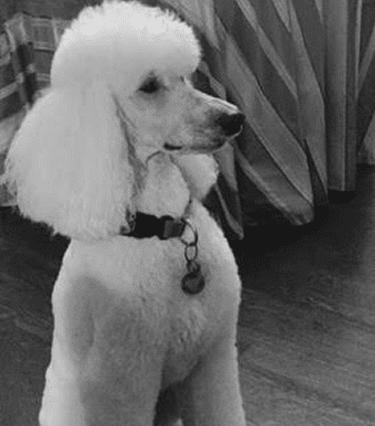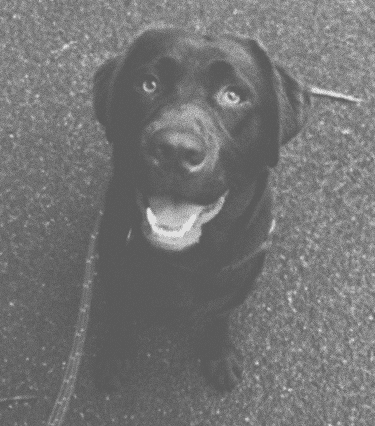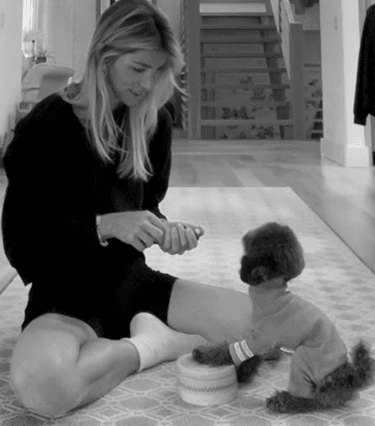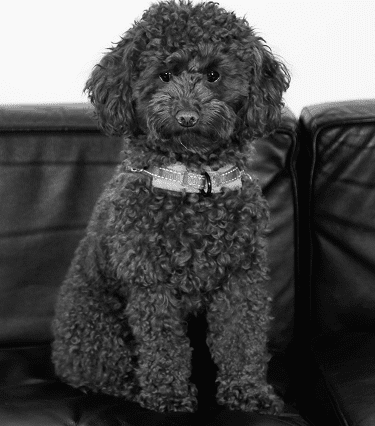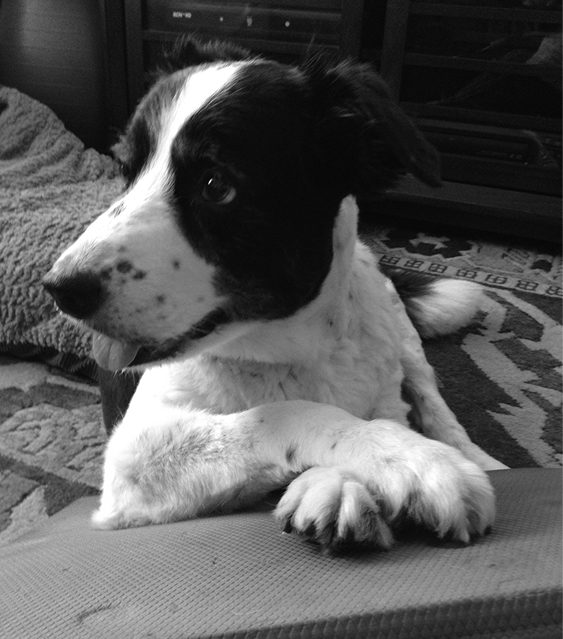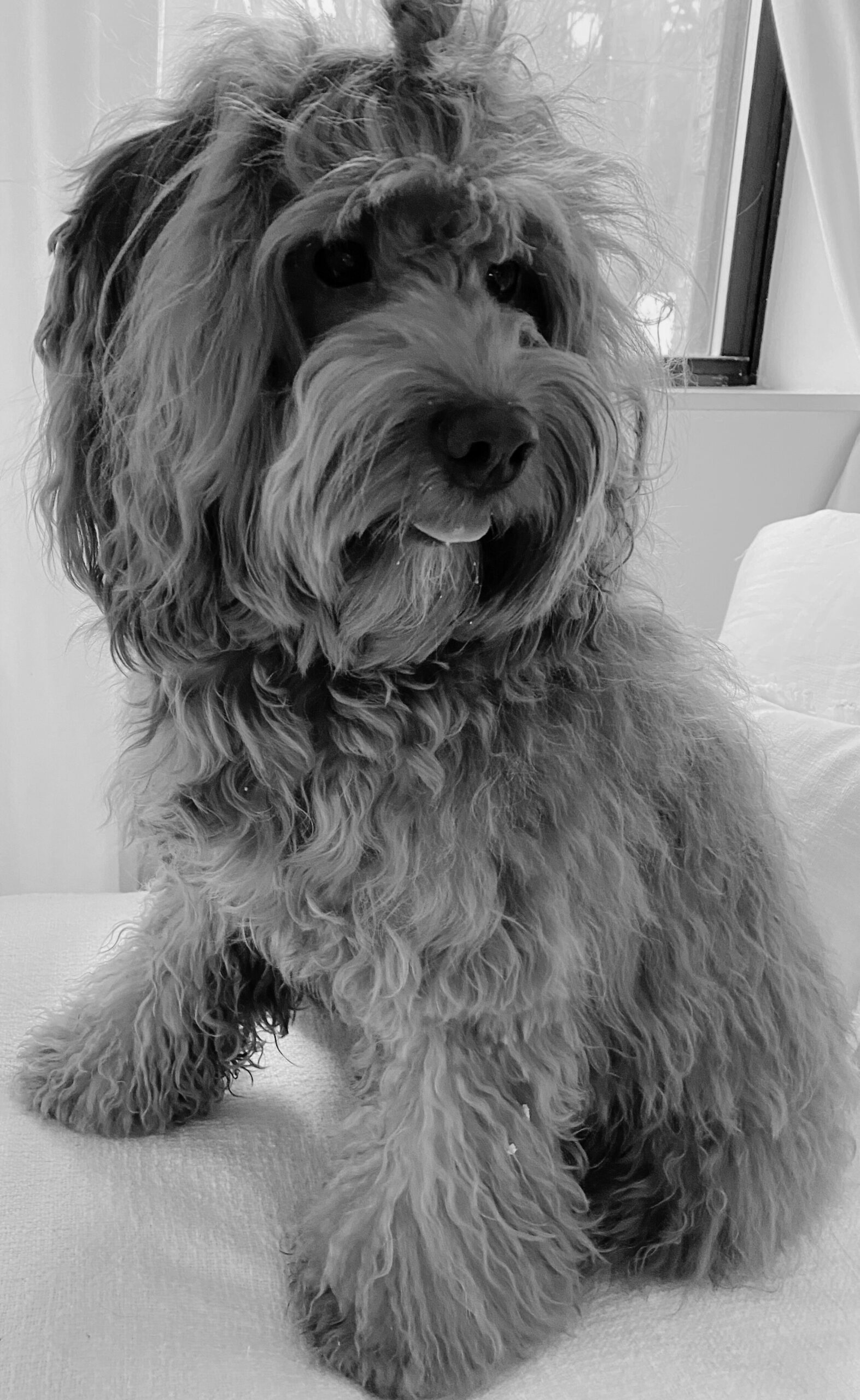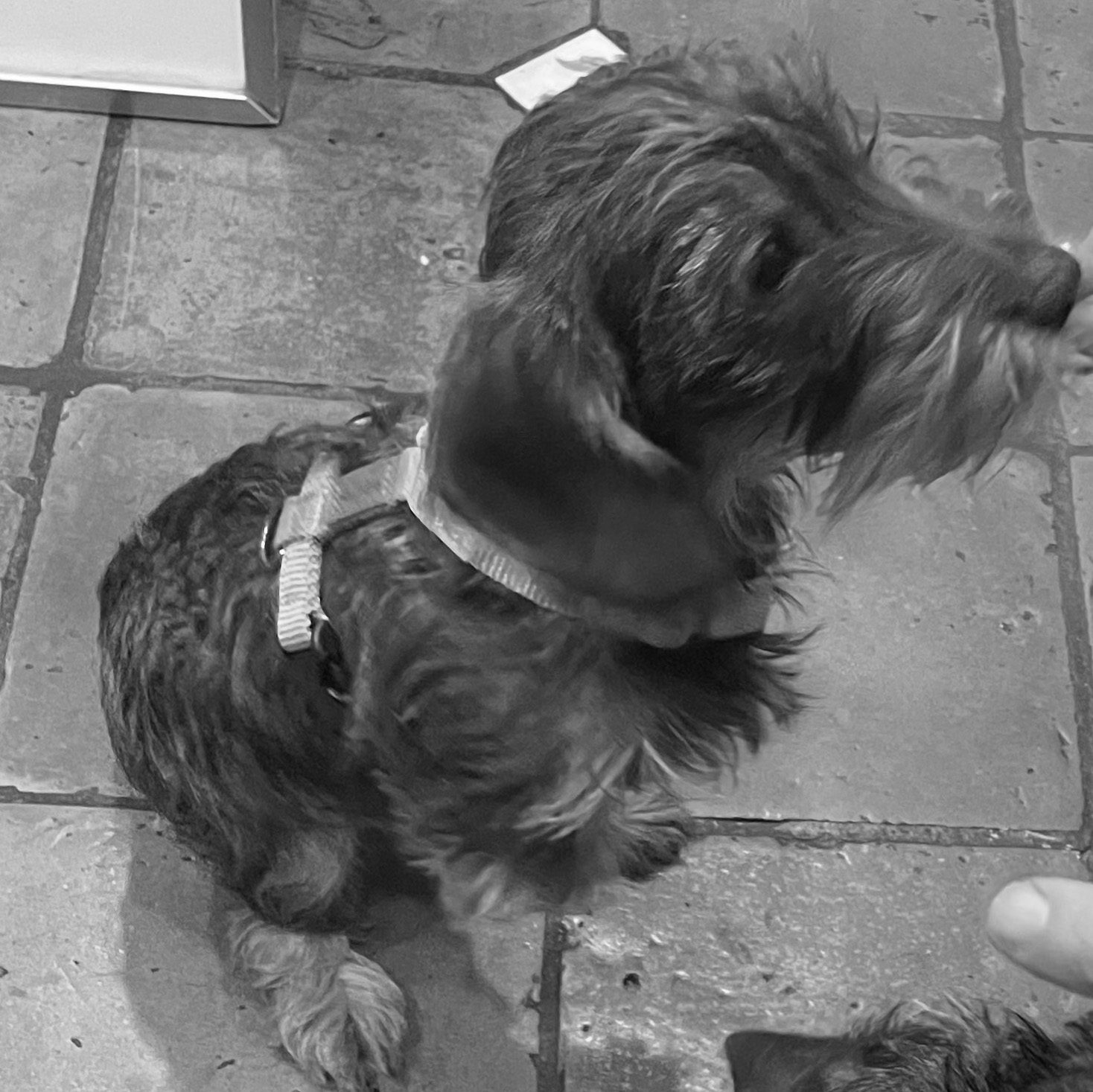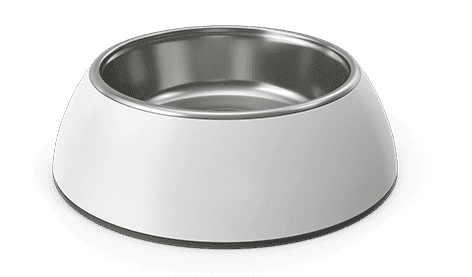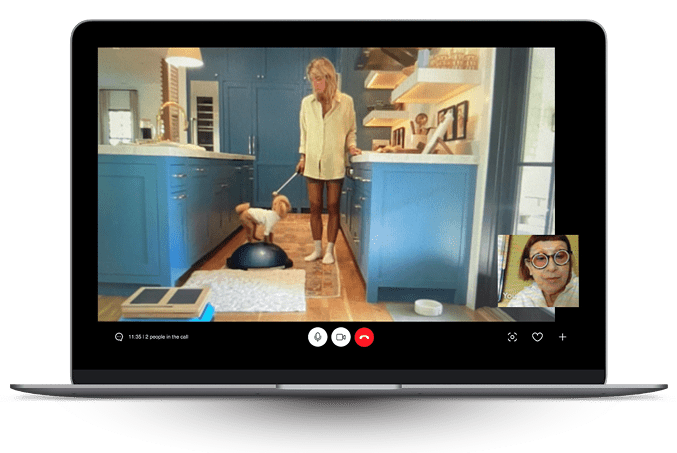“Elisabeth is the finest trainer of dogs and their owners we’ve encountered. In 1&1/2 hours she had Gigot, our wire doxy, walking beside her, heeling then sitting as soon as she stopped, looking up at her in calm. She provided him her undivided attention during the entire process with grace and sensitivity, barely verbalizing. Then she had us practice what we had observed with gentle prompts and correction. If you can’t train the owner, you can’t train the dog.
Thanks Elisabeth for also advising us regarding food and challenging interactive toys.”
